Stat of the Match: Crystal Palace 0-1 Liverpool
Liverpool fans suffered through the closing stages of the Reds' 1-0 win at Crystal Palace. Arne Slot's side are excellent at closing out games though.
Liverpool have just delivered an excellent case study in the draining effects of playing Premier League matches shortly after Champions League fixtures. For the first hour of their 1-0 win over Crystal Palace at Selhurst Park on Saturday lunchtime, the Reds were dominant, bordering on sensational at points.
It was only their inability to finish decent opportunities which gave the Eagles a prayer of a result. At the 68-minute mark, Liverpool had missed as many Opta-defined big chances as Palace had taken shots in total (three).
Having played on Wednesday evening, it was inevitable that Arne Slot’s men would tire. With only a 1-0 lead to protect, two points might easily have slipped away. The need to replace the best goalkeeper in the world with the third best at the club only exacerbated the nerves of Kopites watching on.
Yet the momentum of the match largely remained with the Reds throughout. In the whole game, Palace had one shot from closer than 15 yards out (per FBRef). It occurred during the sequence which led to a penalty claim for which nobody in the ground other than the media seemed to appeal, with Trevoh Chalobah flicking a shot towards goal with his heel. It was given an expected goal value of 0.2 which feels reasonable in terms of location, far less so in terms of how the shot had to be executed.
What felt a better chance occurred six minutes from time, with Eberechi Eze clean through thanks to a counter attack. His effort was rated at 0.11 xG, proving that reading much into the value of a single shot is pointless. Equally, it hints at a problem that almost everyone with an interest in football holds: we all believe a shot is likelier to become a goal than it is in reality, especially when it is against our team.
Here’s some numbers to put that into context. There were over 800 shots in Liverpool’s league and European matches last season which were worth just 0.06 expected goals at most. These low value efforts accounted for 56.3 per cent of the non-penalty shots but only 17.5 per cent of the goals.
This is why Opta’s big chance metric is worth considering, despite it’s poor reputation with many analysts. With penalties excluded, these opportunities account for 55 per cent of goals when only 15 per cent of shots are classified in this bracket, broadly the inverse hit rates of the lowest value chances mentioned above.
The Reds have conceded 12 big chances in the 2024/25 Premier League, the joint-second fewest. While all clubs can use ifs and buts to explain issues away, it’s worth reflecting on the dozen golden opportunities Slot’s Liverpool have allowed.
Seven of them were either in set piece situations and/or when 3-0 up at Old Trafford. That leaves five in open play which occurred when the result was on the line.
The first was against Nottingham Forest. It should not have counted as the attacker was flagged offside, but it remained in the statistics. Unhelpful things from an analysis perspective can happen, unfortunately. The next one was in the same game after Liverpool had gone behind. That was far from ideal with the Reds struggling to carve out good openings of their own, even if Anthony Elanga’s chance had no impact upon the result.
The only one which has been converted - including those from set plays or when thumping Manchester United - was at Molineux. It’s safe to chalk that up to a catastrophic defensive error from Ibrahima Konaté, rather than any great failing of the Reds’ structure.
That leaves us with two. Antoine Semenyo saw a big chance saved at 0-0 in the home win over Bournemouth, which also came from an error, with the other example being the aforementioned Eze effort. Adding the expected goal value of these two chances together still totals less than the average xG for an Opta big chance.
They were big in one sense, smaller in another. Notice too from the table below that Liverpool have allowed just two big chances earlier than the 56th minute of matches, albeit then three in those 60 seconds specifically. Maybe that’s the the one point of a game at which Reds fans should genuinely be fearful.
Let’s use Chalobah’s chance from Saturday to provide a little more context, as it was Palace’s highest value opportunity. Last season, Liverpool conceded 61 chances valued at 0.20 xG or better in the Premier League. If we scratch out those which occurred when the Reds were at least two goals up, we’re left with 47, or 1.24 per game. There were 22 at 0-0, a little over one every other match.
In 2024/25 there have been five with the result up for grabs (0.7 per game), with only Semenyo’s while a game was goalless. The Reds are giving up very little that Kopites need worry about when it really matters.
It’s pointless telling a football fan to relax when their side holds the most slender of leads, the inner chimp is not to be reasoned with. When it comes to Slot’s Liverpool, though, supporters can be confident that a result will not slip away. It will likely need a wonder-goal to make that happen.



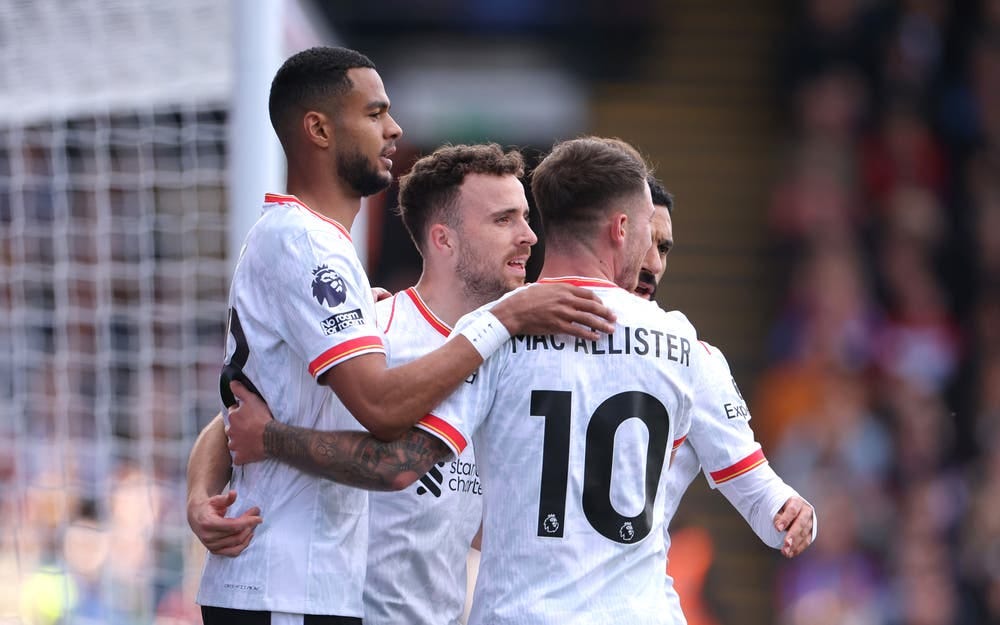
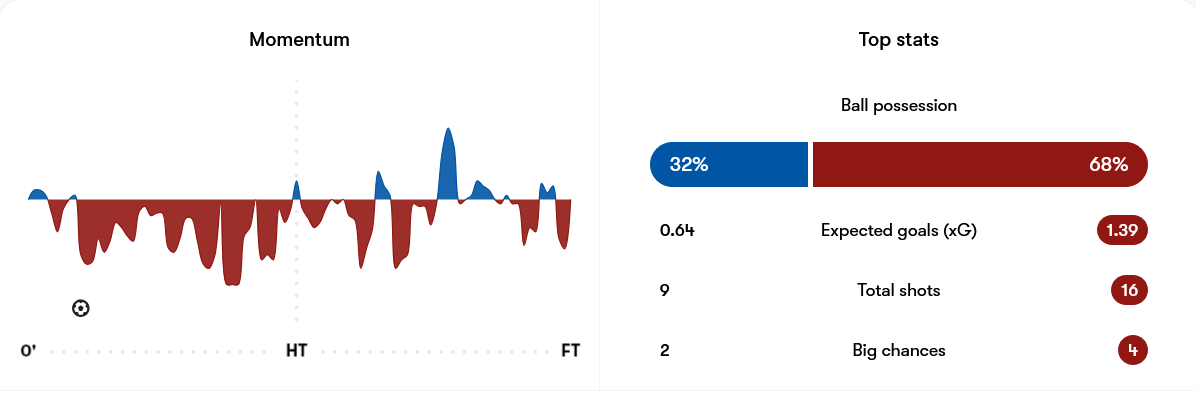
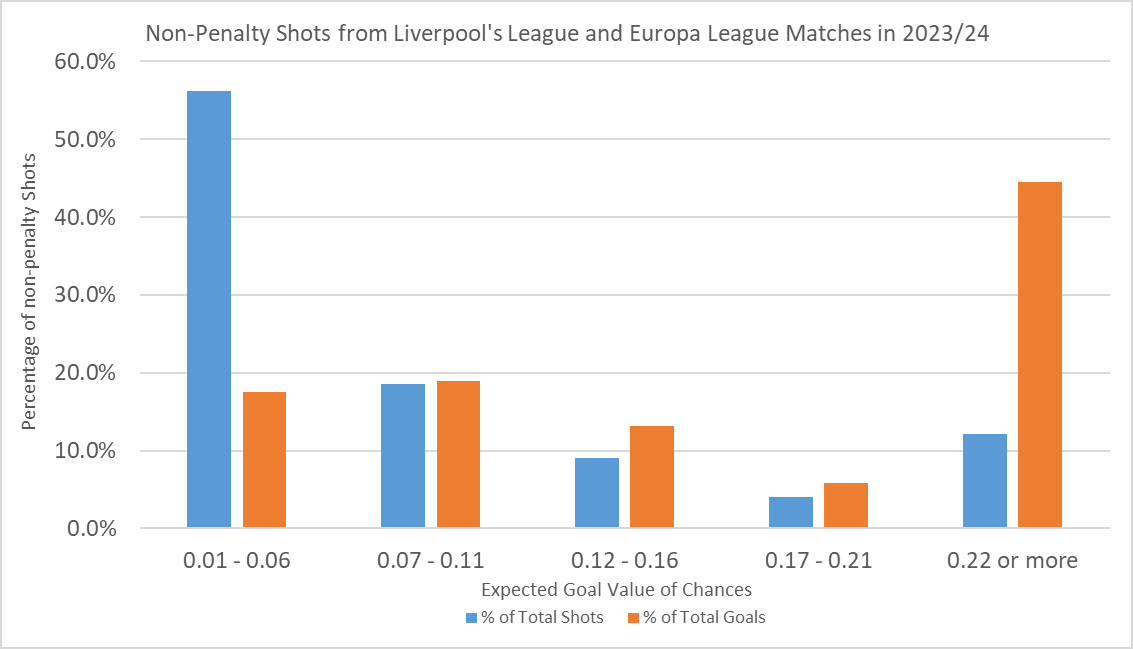
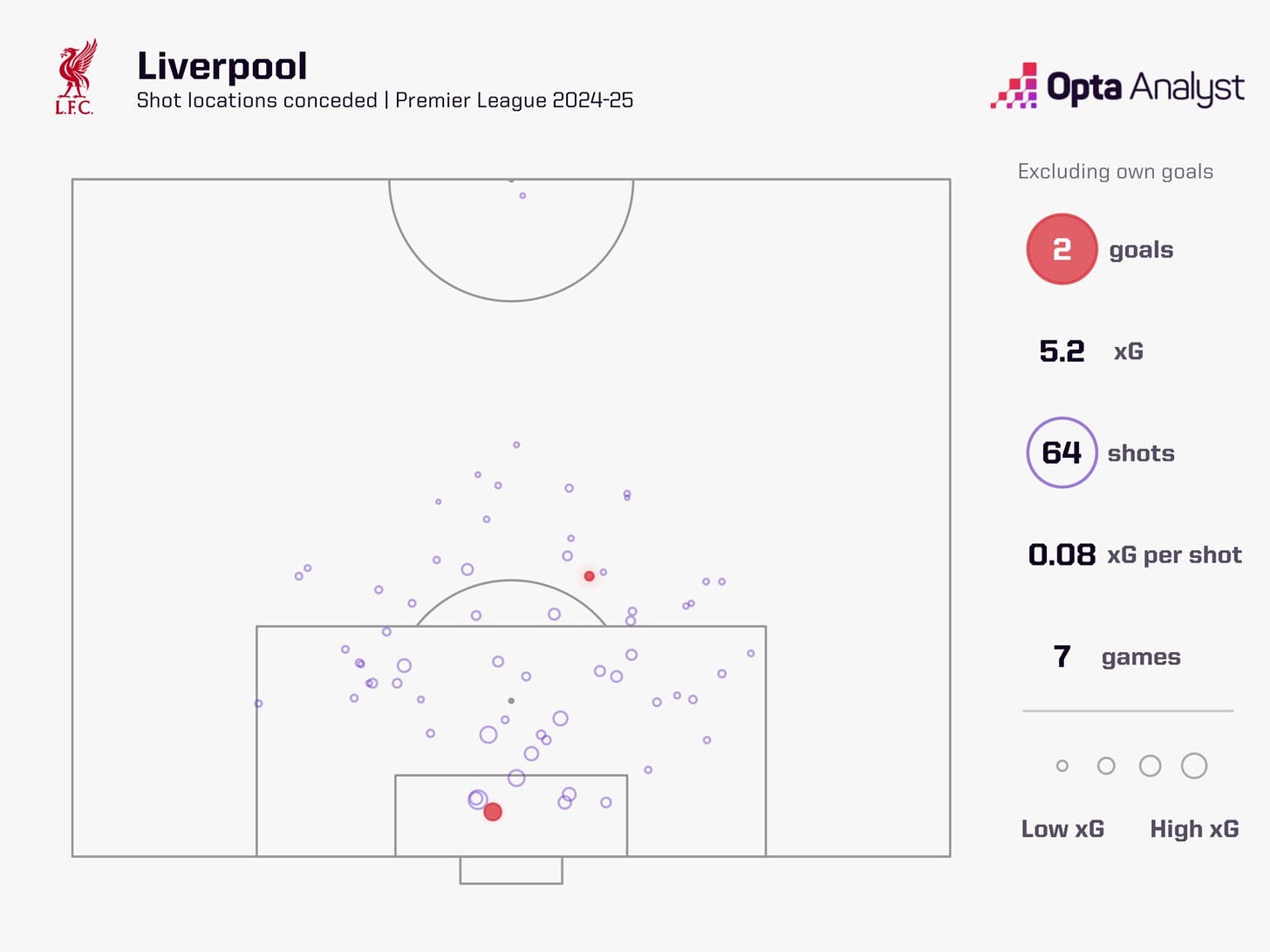
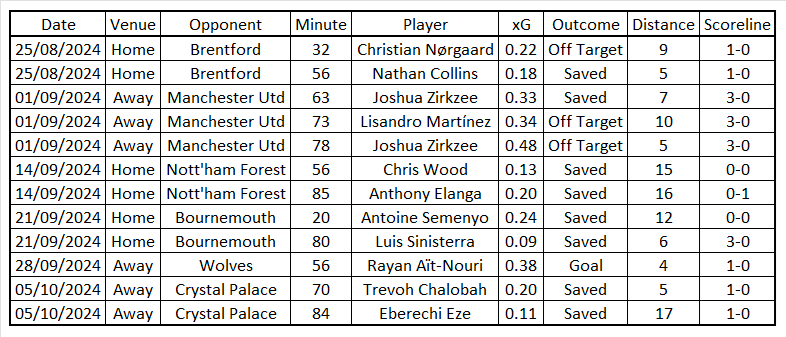
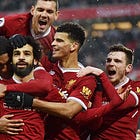

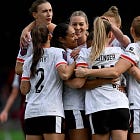
Great piece Andrew. My chimp has lay down on some straw and is quietly gibbering to itself in response.
Only one bone to pick....that goal was a combination fuck up by Ali and Ibou. It shouldn't rest on one's shoulders and these things happen anyway. My twopenneth
But thanks and keep up the amazing work!
Thank you for the nice piece Andrew...
" It will likely need a wonder-goal to make that happen"...
Well, in my opinion, the 2 goals we conceded until now, had something of "wonder":
The Forest goal, passed through the eye of the needle, and the Wolves goal...well, something weird happened in Ibu's mind at that point..😁
By the way, what do your stats say about Trent's performance this season? Personally i find it a bit underwhelming until now .
Maybe i'm wrong, but i wonder if his contract situation might influence his performance.